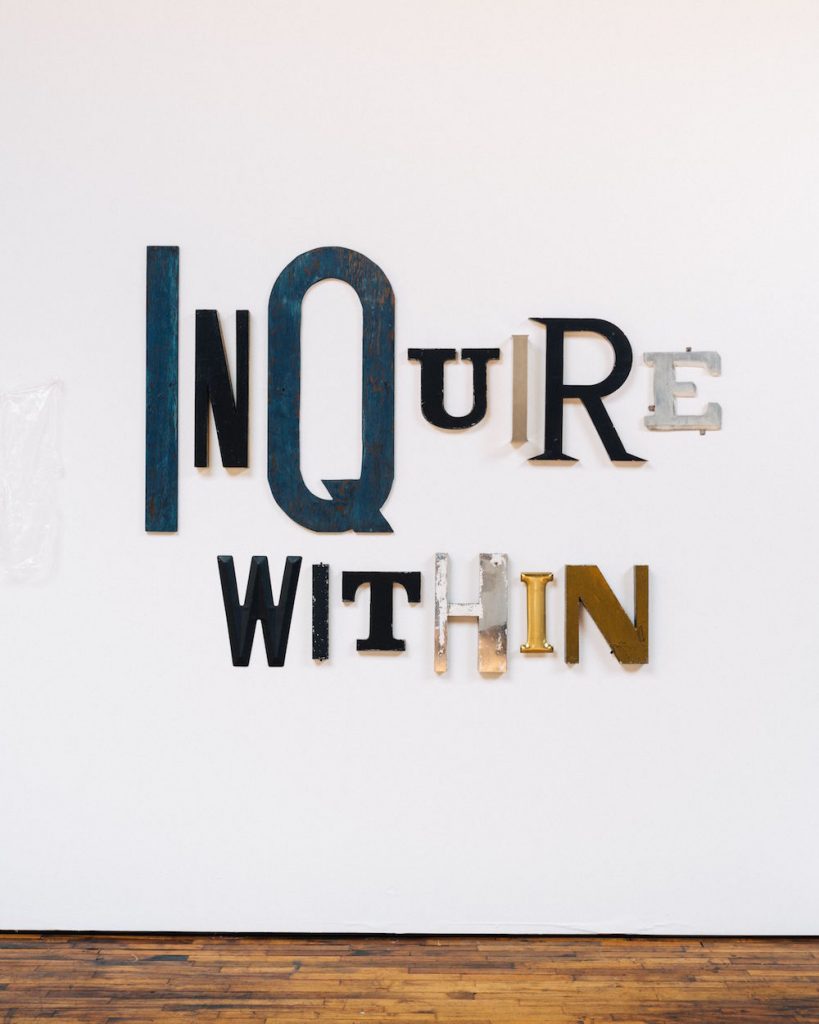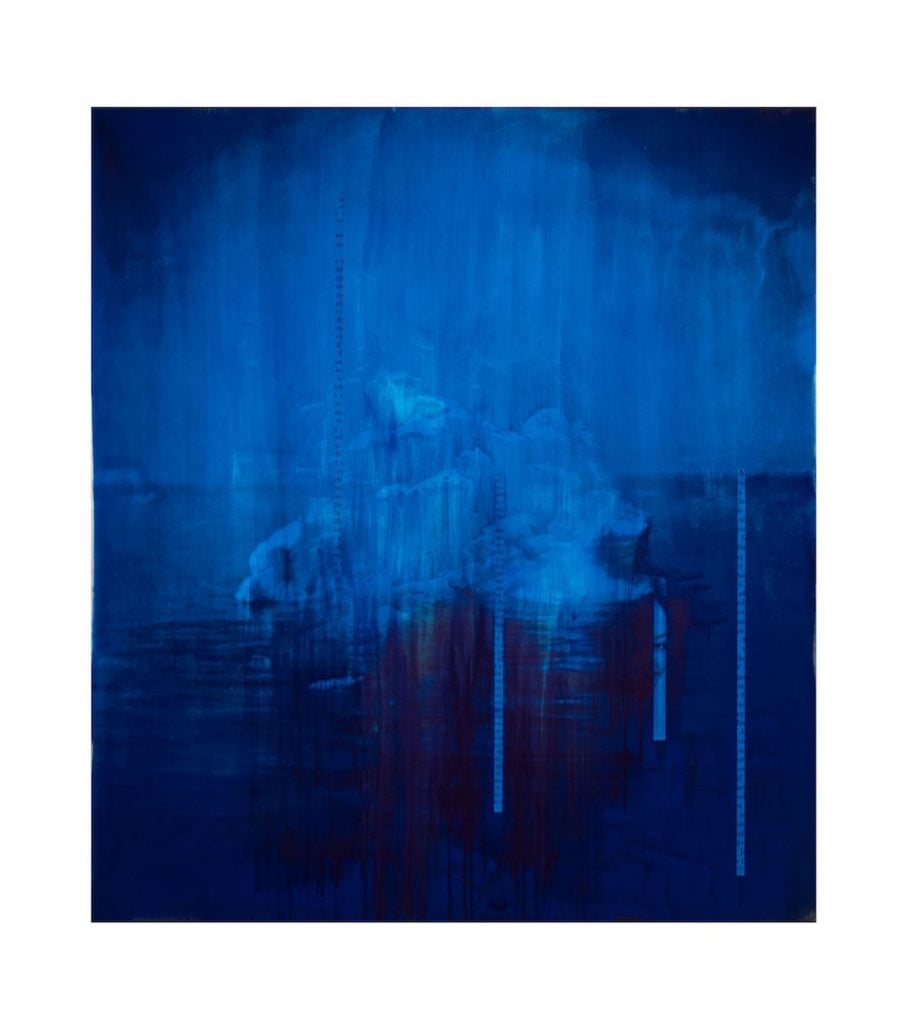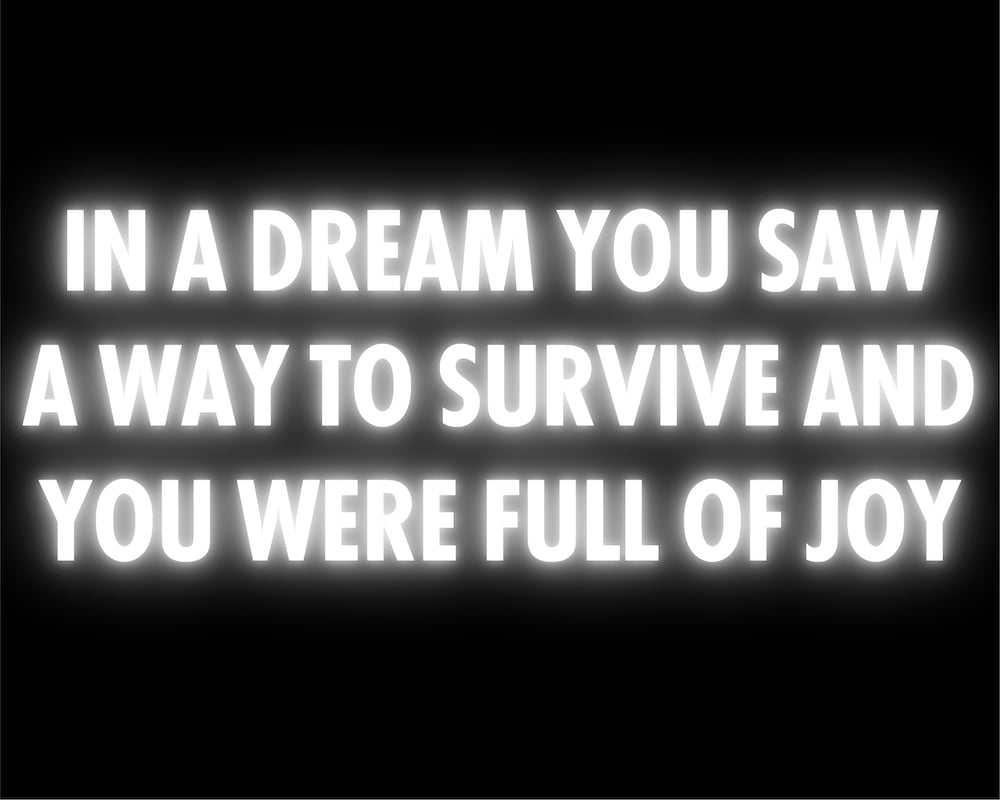In addition, two more nonprofit that give money to institutions around the city—the Foundation for Contemporary Arts (FCA), which was founded by John Cage and Jasper Johns to support individual artists, groups, and organizations; and the Mayor’s Fund to Advance New York City, which works with business leaders and philanthropists to help New Yorkers in need—will share a portion of the proceeds.
Eighty percent of the proceeds will go to the fourteen art nonprofits, while FCA and the Mayor’s Fund will each get 10 percent. Hauser & Wirth, which will be exhibiting some of the works on sale at its two Manhattan galleries, will not take any share of the proceeds.
“Every cultural institution, at every scale in New York City, has been hit hard by COVID-19, each in its own way,” Thelma Golden, director and chief curator of the Studio Museum in Harlem, told Artnet news in an email.
At her own institution, “the disruption that the pandemic has caused has been felt deeply, forcing us to temporarily pause construction on our new building, curtailing programing at our Studio 127 space, causing our artists-in-residence to relocate into separate off-site studios, and more.”
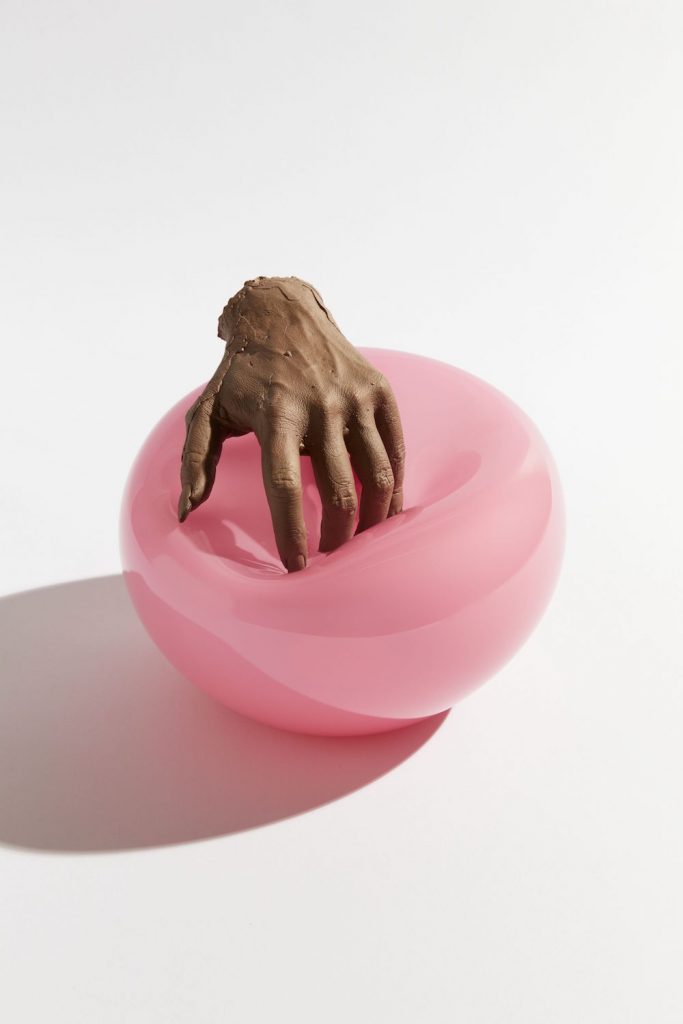
Kelly Akashi, Feel Me (Flesh) (2020). Image courtesy the artist, Tanya Bonakdar Gallery, New York and François Ghebaly Gallery, Los Angeles.
Patrick Charpenel, the executive director of El Museo del Barrio, says the museum is “not only concerned about the alarming and disproportionate rate of Latinos impacted by COVID-19, but also the potential long-term financial impact this will have on staffing and programming.”
Charpenel says the “incredibly generous” fundraiser will subsidize revenue lost from the cancellation of El Museo’s annual gala, its biggest money-maker of the year.
“I hope this is an inspiring example of how to galvanize art collectors to support cultural institutions,” he adds.
Similarly, Bronx Museum interim director Klaudio Rodriguez says the museum has been reeling from the economic fallout.
“We have lost the ability to support ourselves through our earned income, as we will not be able to host galas and other types of in-person fundraisers or rent our spaces,” Rodriguez says. “This is why this idea from Hauser & Wirth has the potential to make a great impact.”
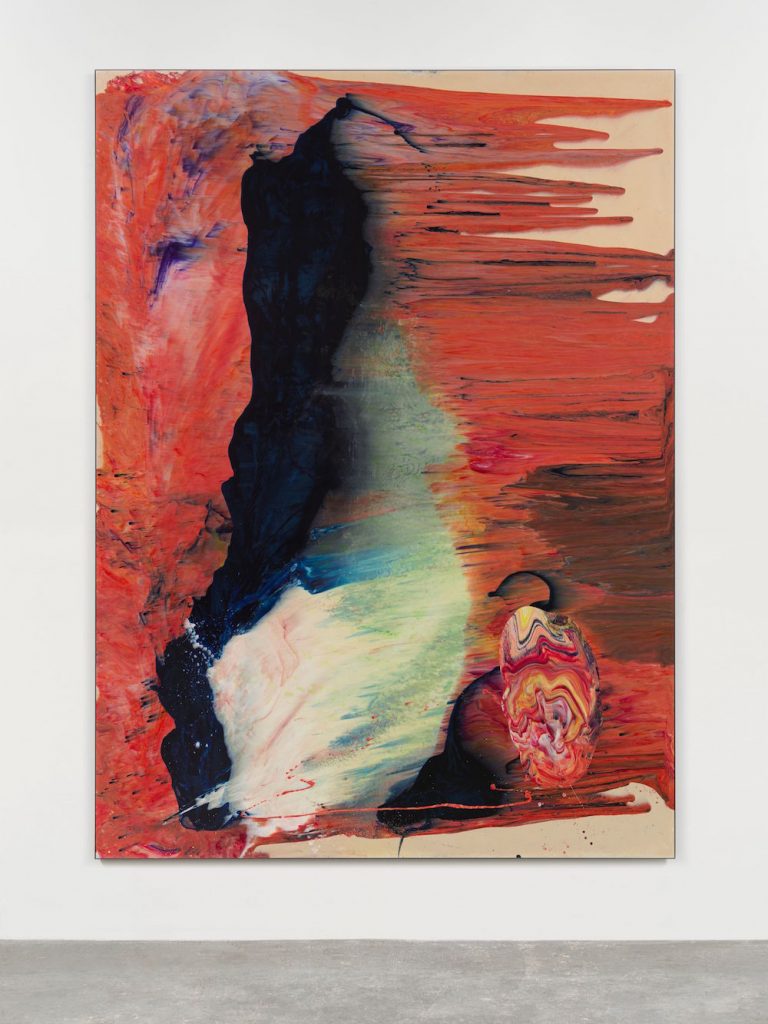
Ryan Sullivan, Untitled (2019). © Ryan Sullivan. Image courtesy the artist and Sadie Coles HQ, London.
“I think artists, at all stages of their careers, perhaps best understand the economic complexities and contradictions of the art world,” says Matthew Higgs, the director of White Columns.
“Artists also have perhaps the clearest sense of the interconnectedness of the different art worlds, and an understanding that the current art world isn’t a monolithic entity, but rather it has evolved, and continues to evolve, organically from the collective enterprise of generations of artists and artist-led nonprofit organizations.”
